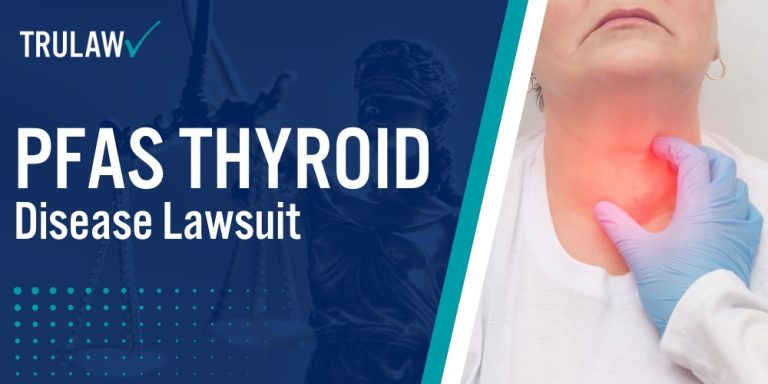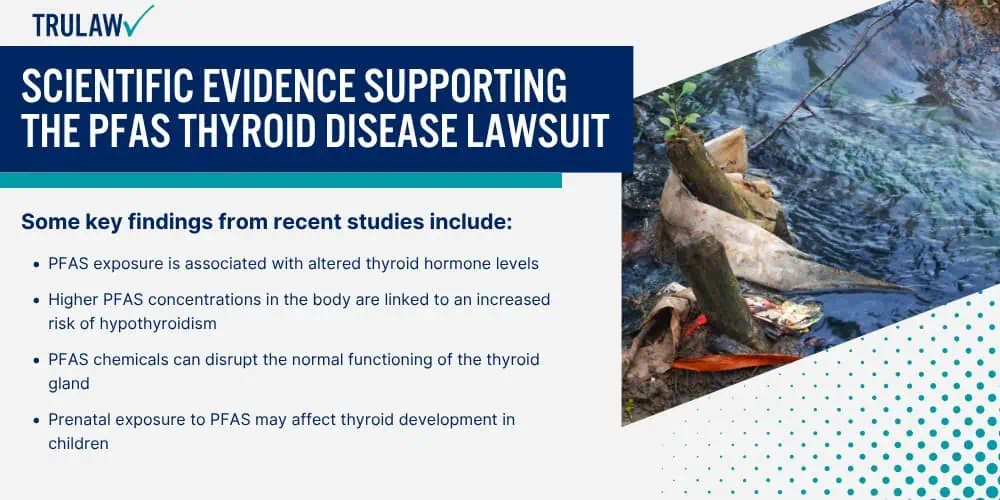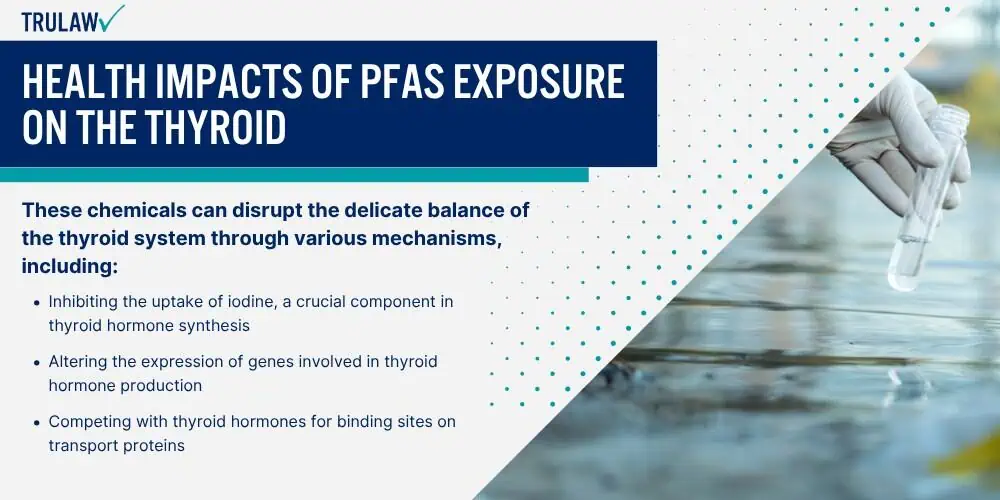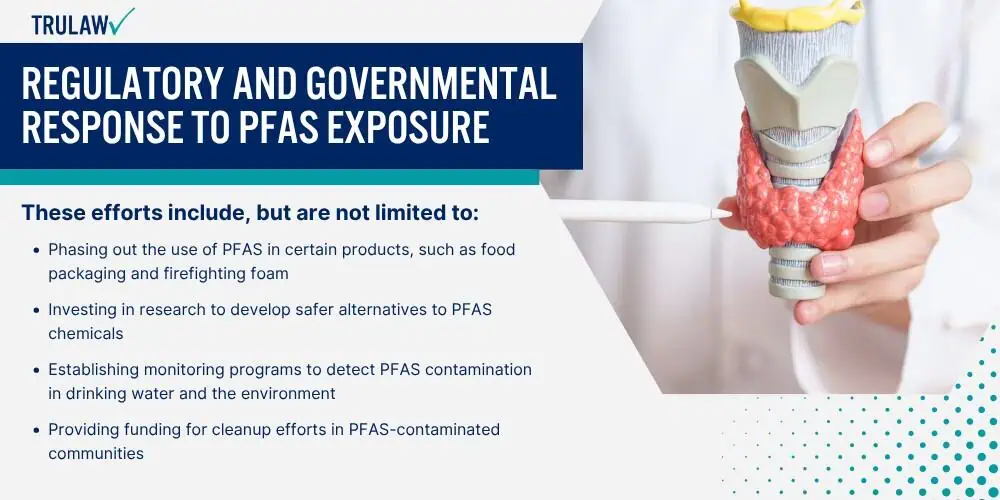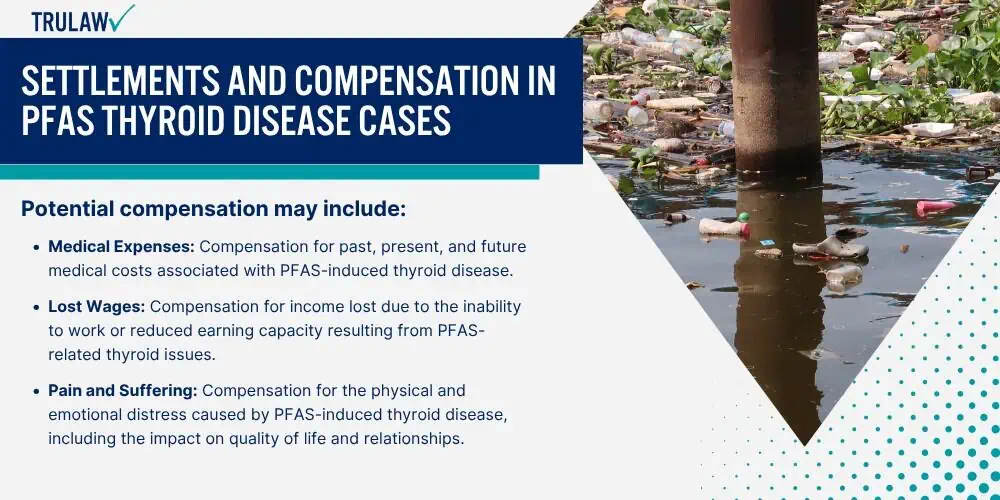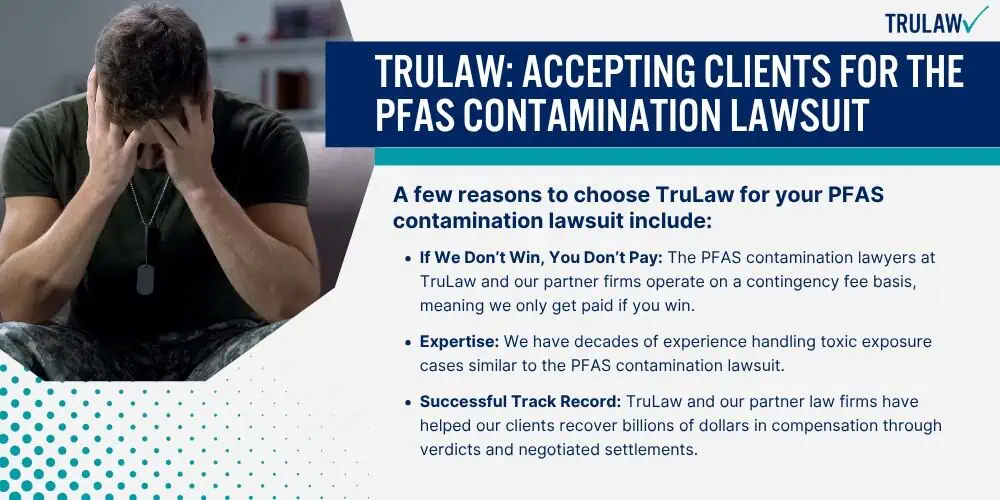The PFAS thyroid disease lawsuit has gained significant momentum in recent years, as affected individuals seek compensation for thyroid issues linked to PFAS exposure.
Plaintiffs allege that manufacturers knowingly produced and released PFAS chemicals, leading to widespread contamination and adverse health effects, including thyroid disease.
As the lawsuit progresses, legal strategies employed by plaintiffs’ attorneys aim to establish a clear connection between PFAS exposure and thyroid dysfunction.
Plaintiffs Pursue Compensation for PFAS-Related Thyroid Issues
Individuals diagnosed with thyroid disease after exposure to PFAS chemicals are pursuing compensation through the PFAS thyroid disease lawsuit.
Plaintiffs argue that manufacturers should be held accountable for the health consequences of PFAS contamination, including medical expenses, lost wages, and pain and suffering associated with thyroid disorders.
The lawsuit seeks to provide relief for those affected by PFAS-related thyroid issues and ensure that manufacturers take responsibility for their actions.
The PFAS thyroid disease lawsuit encompasses a wide range of plaintiffs, including military personnel, firefighters, and residents of communities near PFAS-contaminated sites.
These individuals have been exposed to PFAS through various means, such as drinking contaminated water, using PFAS-containing products, or working with PFAS in occupational settings.
Key Legal Strategies Employed in PFAS Thyroid Disease Cases
Attorneys representing plaintiffs in the PFAS thyroid disease lawsuit are employing various legal strategies to strengthen their cases.
These strategies include gathering extensive scientific evidence linking PFAS exposure to thyroid dysfunction, identifying specific sources of PFAS contamination, and demonstrating the manufacturers’ knowledge of the risks associated with these chemicals.
By building strong cases based on scientific evidence and legal arguments, plaintiffs aim to secure favorable outcomes and obtain the compensation they deserve.
One key strategy involves establishing the causal link between PFAS exposure and thyroid disease.
Plaintiffs’ attorneys work closely with medical experts and researchers to present compelling evidence that demonstrates the detrimental effects of PFAS on thyroid function.
This evidence includes epidemiological studies, animal studies, and mechanistic data that show how PFAS chemicals interfere with thyroid hormone production and regulation.
Another important strategy focuses on identifying the specific sources of PFAS contamination and tracing them back to the manufacturers.
Attorneys investigate the history of PFAS production, use, and disposal to establish the culpability of the defendants.
This process involves examining internal company documents, conducting interviews with former employees, and analyzing environmental data to determine the extent and duration of PFAS contamination.
